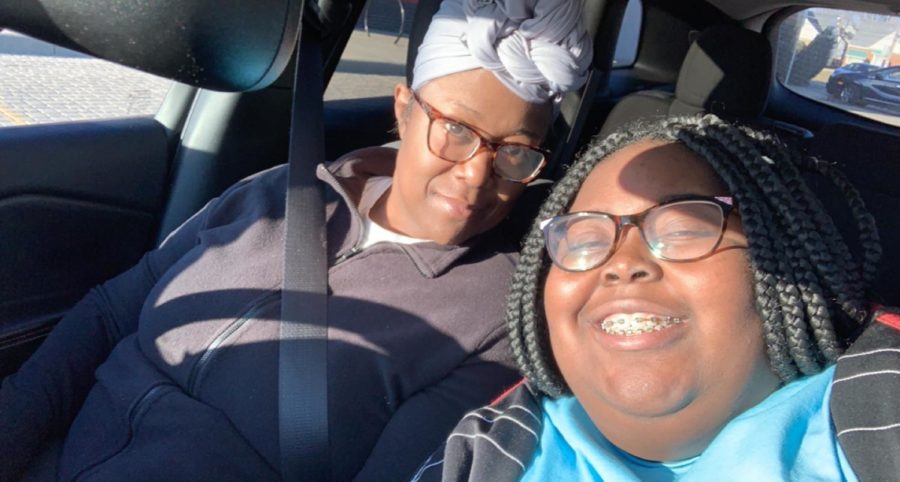March marks Women’s History Month
March 30, 2021
Women are the backbone of society. Having a month dedicated to our achievements and celebrating each other is both a pivotal acknowledgment of the role women play in society and how far we have come as a whole.
National Women’s History Month is always celebrated in March, set aside to honor women’s contributions in history. Originating in 1978 in the school district of Sonoma, California, it began as a local celebration lasting only a week revolving around International Women’s Day.
Two years later in February of 1980, former President Jimmy Carter issued a presidential proclamation that the week of March 8, 1980, would be known as National Women’s History Week.
Years later on March 12, 1987, Congress passed the Pub. L. 100-9 which was, “To designate the month of March 1987, as “Women’s History Month”. Thus Women’s History Month was created.
Now thirty-three years later, the month is still celebrated in different ways around the world. We celebrate Women’s History Month to reflect on the trailblazing women who led the way for change like Michelle Obama, Malala Yousafzai, Alexandria Ocasio-Cortez, and so many more spectacular people.
Most usually spend the month educating themselves or others about women’s rights, donating to women’s shelters, or simply supporting other women around them.
Even though there is a month dedicated to the greatness of women, there are still some unresolved issues in society. One common issue that comes to mind is the Gender Pay Gap, you might have heard of this in passing at least once. The gender wage gap is the average difference between the earnings for men and women who are working, women are considered to be paid less than men.
According to the Bureau of Labor Services, women have yet to make more than 83% of what men earn. As of the first quarter of 2020 women earned 80.4% of what men earned, number wise median earnings for women were $857 while median earnings for men totaled $1,066.
For women of color, the percentages are slowly increasing each year. Black women are paid 63 cents to every dollar made by white men, and Latinas only make 55 cents compared to every dollar paid to white men.
Women of every race have come a long way in history, having to pave the way for generations after them was no easy feat, even now the fight is not over for true equality.
Currently, there are no campus events planned for the last few weeks of Women’s History Month, but in place of formal events take the time to reflect on the great women in history or the great women in your life.
For every woman on campus and in the community, stay strong and make history.



